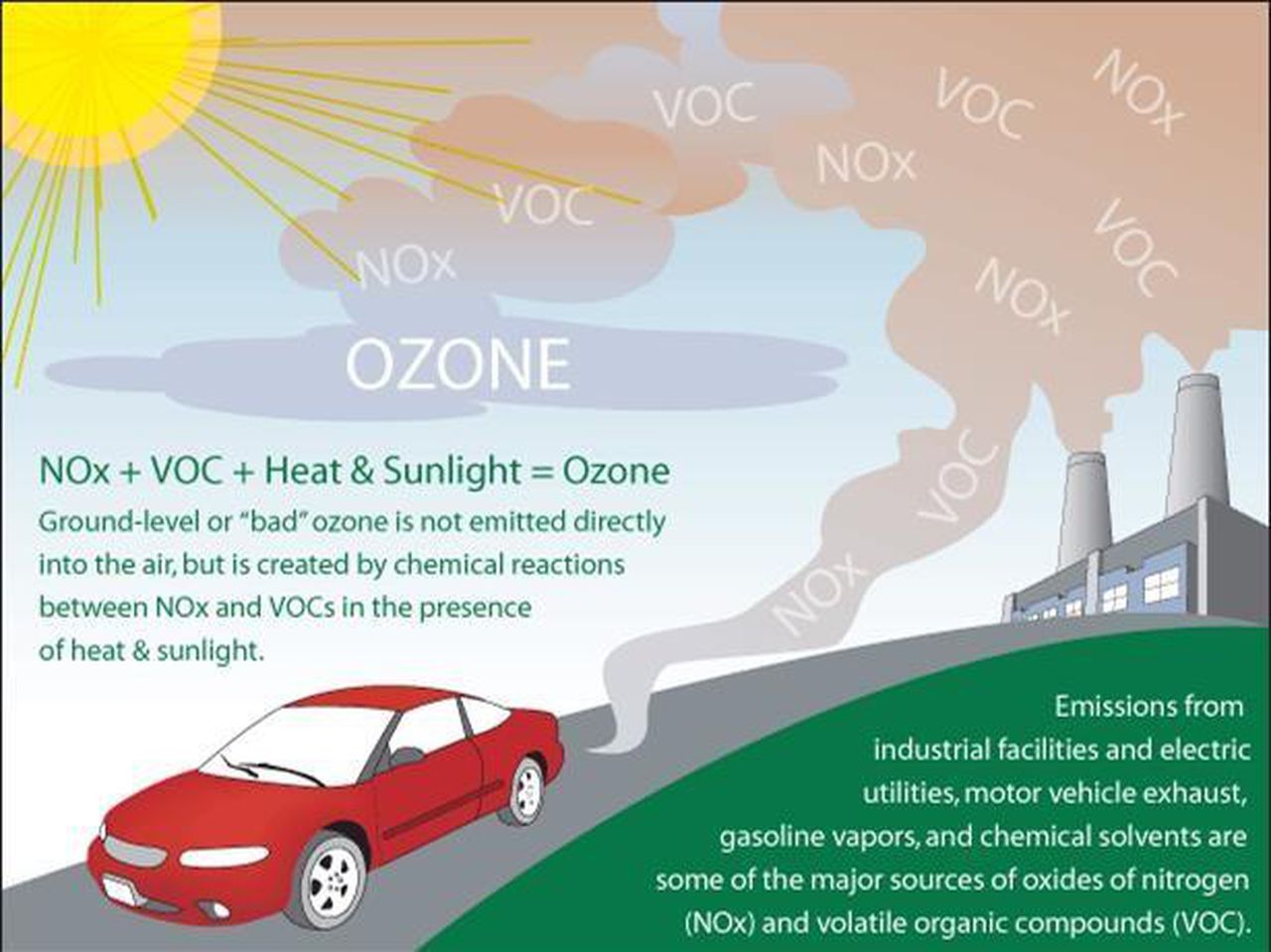Is Alabama air polluting Texas? State battles EPA over âgood neighborâ plan
The state of Alabama and two of its largest utilities are squaring off against the U.S. Environmental Protection Agency in a court battle over whether Alabama’s looser restrictions on air pollution are causing smog problems in Texas.
The EPA presented model data that shows air pollution from Alabama power plants is increasing ground-level ozone concentrations in parts of Texas, notably Houston and Dallas, causing those areas to exceed air quality standards.
Then in February, EPA used the model data to reject Alabama’s regulatory plan, arguing it did not meet the Clean Air Act’s “good neighbor provision” and comply with new, tougher regulations on cross-state air pollution.
But Alabama is fighting that rejection in court. The state and two of its largest power companies filed separate appeals seeking to overturn the decision and to stop the new standards from taking effect until the court case is decided.
Alabama’s case: EPA ‘unlawfully’ rejected state plan
Alabama Attorney General Steve Marshall’s Office asked the federal 11th Circuit Court of Appeals to stop the EPA’s plan from taking effect next month.
“Alabama adequately demonstrated to EPA that Alabama is not significantly contributing to another state’s (in this case, Texas’) inability to maintain or achieve compliance with the Clean Air Act,” Marshall’s office said in an email.
“However, after initially indicating to Alabama that it would approve Alabama’s plan, EPA reversed course, unlawfully disapproved Alabama’s plan, and is now poised to impose on Alabama and many other states its own federal plan, which becomes effective August 4.”
Alabama argues in court filings that any contribution to Texas ozone would not be “significant,” and that EPA rejected Alabama’s plan because of policy preferences by the agency, and not the requirements of the Clear Air Act.
EPA: Alabama’s plan was inadequate
The EPA disagrees and said Alabama’s own data shows the state contributing to ozone levels in Dallas and Houston.
On July 14, EPA filed a formal response to the state’s petition, saying Alabama’s analysis was flawed and the state’s plan included “no new emissions cuts.”
“The modeling that Alabama used established that Alabama’s emissions contribute to ozone pollution in Texas, and Alabama failed to justify – technically or legally – why no part of that contribution should be considered ‘significant,’” the EPA said.
Ground-level ozone is the main ingredient in smog and is known to cause difficult or painful breathing, coughing, irritation in the lungs, and can make lungs more vulnerable to infection. Ozone is formed when nitrous oxide and volatile organic compound pollutants from cars, power plants and other industrial facilities mix in the presence of heat and sunlight.
The EPA expects that by 2027, new federal rules will reduce nitrous oxide pollution nationwide by 50% from 2021 levels, or 70,000 tons. The agency says those reductions will cause less ozone to form, and could prevent 1,300 premature deaths, avoid 2,300 hospital and emergency room visits, and cut asthma symptoms by 1.3 million cases.
“We know air pollution doesn’t stop at the state line,” EPA Administrator Michael Regan said in March when announcing the stricter cross-state air pollution limits. “Today’s action will help our state partners meet stronger air quality health standards beyond borders, saving lives and improving public health in impacted communities across the United States.”
How ground-level ozone is formed.U.S. Environmental Protection Agency
Alabama: EPA plan would cause ‘irreparable harm’
An earlier court filing by the state of Alabama, on June 13, argued that allowing the federal plan to take effect would cause “irreparable harm” to the state, and raise electric rates for Alabama residents. In court Alabama argues the new federal plan “invades Alabama’s sovereign interests” and “results in unrecoverable costs to power generators in Alabama.”
“The public has an interest in maintaining the status quo, particularly when electric generation reliability is so critical during the hot Alabama summer,” argued Alabama.
Alabama also argued that the federal plan will require costly emissions controls at power plants across the state, and that the cost-effective emissions controls have already been made.
“Emissions from Alabama sources are already very well-controlled,” the filing said.
Alabama Power and Power South power companies filed a similar challenge to the EPA’s rejection of the state plan.
The EPA and Alabama Power declined to comment on the matter, citing pending litigation.
The EPA also argued that the matter should be decided by the Washington, D.C. Circuit Court rather than the 11th Circuit in Atlanta.
Energy Alabama: Utilities should have seen this coming
Alabama environmental groups say Alabama Power is in a pickle with the new emissions standards because the company relied so heavily on fossil fuels in the past as opposed to cleaner energy such as solar.
“Unfortunately, we are seeing the real-world consequences of Alabama Power’s obstruction on low-cost clean energy,” Daniel Tate, chief operating officer of Energy Alabama, said via email.
“By delaying and fighting renewable energy solutions for so long, the utility now finds themselves trapped by the weight of their own bad decision making.”
